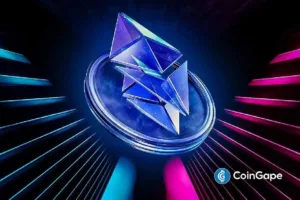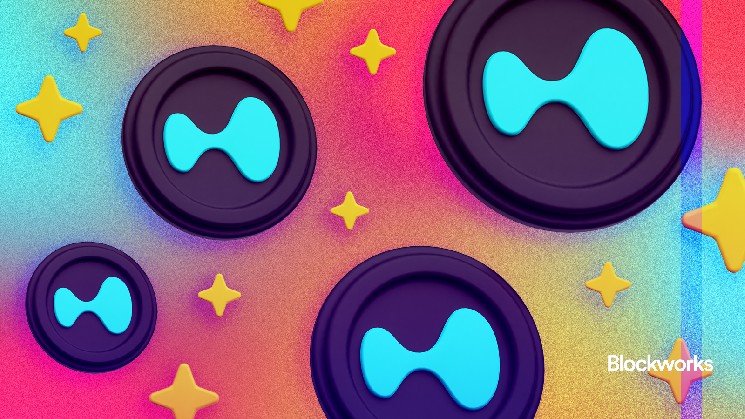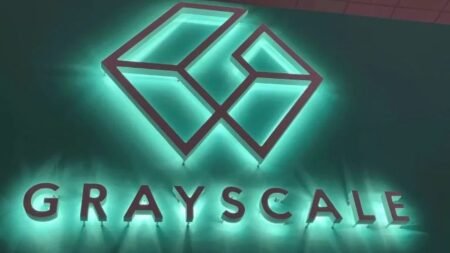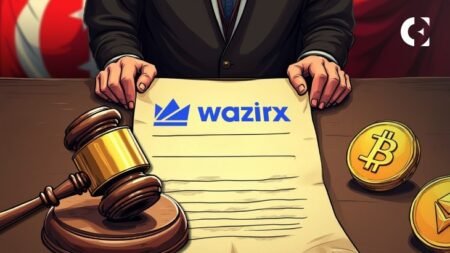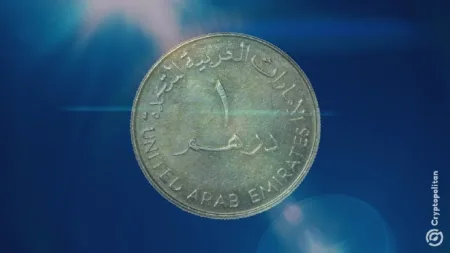This is a segment from the Lightspeed newsletter. To read full editions, subscribe.
Not many of crypto’s top 15 tokens by market capitalization were first issued after FTX’s collapse. Two exceptions are SUI, which began trading in mid-2023, and HYPE — which has risen to over $11 billion in market capitalization since being airdropped in November 2024.
HYPE, which is the native token of the Hyperliquid layer-1, has more than tripled in price since a local bottom on April 6, outpacing SOL’s roughly 70% gain over that time span. For crypto investors seeking the next layer-1 token that could capture Solana-like returns, HYPE is generating a lot of hype. Even Galaxy’s Mike Novogratz is on board.
Hyperliquid’s core layer-1 appchain, called HyperCore, is purpose-built for Hyperliquid’s order book exchange, which generates fees and leads to token buybacks. This product is very popular: Hyperliquid accounted for 77% of onchain perpetuals trading volume in April, according to data from Artemis. Hyperliquid also has an Ethereum Virtual Machine network called the HyperEVM, but its adoption is so far more muted than HyperCore.
So, there is some confusion on HYPE: Should it be valued like a perps DEX that is maxing out demand in the perps DEX market, or like a layer-1 that could compete with the likes of Ethereum and Solana?
HYPE is priced somewhere in the middle. Ryan Watkins of Syncracy Capital — which has positions in both HYPE and SOL — posted a chart showing in early March how Hyperliquid was trading at a lower fee multiple than other L1s, including Solana.
Source: Ryan Watkins on X.
But as Blockworks Research analyst Boccaccio has pointed out, Hyperliquid trades at a higher fully diluted valuation (FDV) to fees ratio relative to competitor perps DEXs in Drift and dYdX, indicating it is more valuable to investors compared to simple perps DEXs.
Bitwise Research analyst Danny Nelson said Hyperliquid aims to create a vibrant blockchain economy like Solana’s, but it’s “not quite there yet.”
Read the full article here



